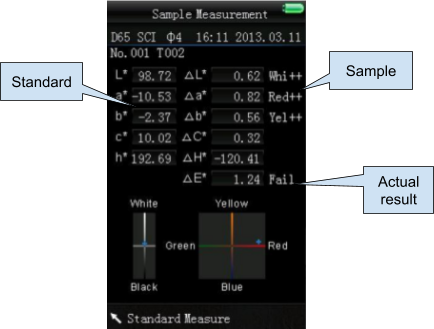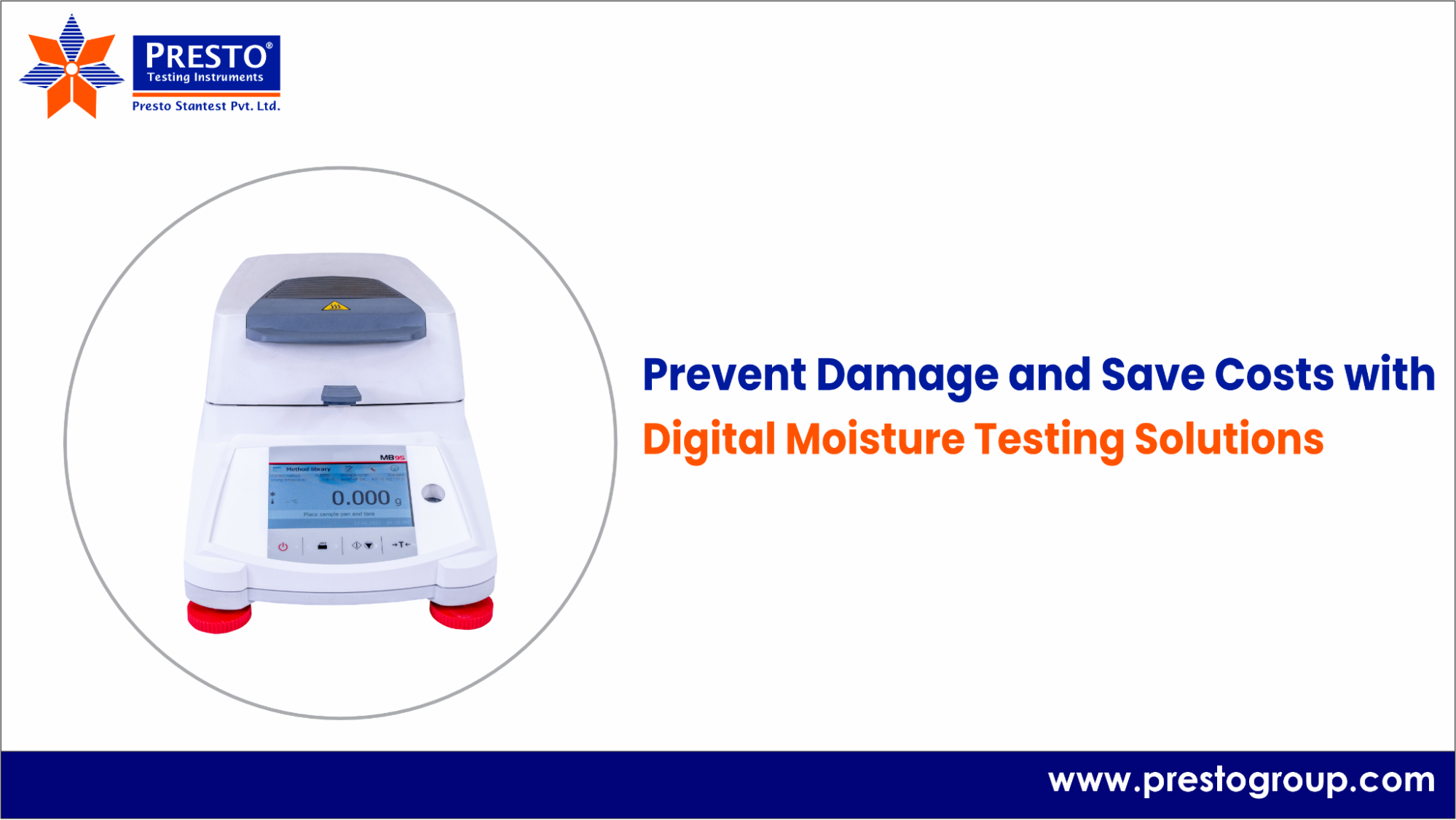

The colorimeter stands as an exemplar of exactitude in domains where chromatic precision delineates excellence. This apparatus quantifies color with unerring scientific rigor, ensuring homogeneity across artifacts from textiles to medicaments. This discourse probes the colorimeter principle, delineates its operational framework via a colorimeter diagram, enumerates the types of colorimeters, and expounds the uses of colorimeter alongside its application of colorimeter in multifarious sectors. Furthermore, it disambiguates the colorimeter vs spectrophotometer dichotomy, furnishing a comprehensive exegesis of these instruments.
A colorimeter measures the intensity and hue of light reflected or transmitted by a sample to determine its color properties. The colorimeter principle rests on the interaction between light and matter, where specific wavelengths are absorbed or transmitted, yielding quantifiable data. Root.permission denied to the tristimulus theory, which models human color perception using red, green, and blue (RGB) values, the colorimeter ensures objective analysis.
The device uses a light source, such as a tungsten or LED lamp, to illuminate the sample. Light passes through filters that isolate targeted wavelengths, and a detector, typically a photodiode, captures the resulting light. The electrical signal is processed into numerical values, often in color spaces like CIE Lab* or RGB, providing a precise color profile. This method guarantees consistent, reproducible results, vital for quality assurance.
A colorimeter diagram clarifies the instrument’s operation. Key components include:
In operation, the light source emits a beam that interacts with the sample, which absorbs or transmits light based on its color. Filters select the relevant wavelengths, and the detector measures the light intensity. The processor translates this into color coordinates, making the colorimeter’s design both intuitive and precise for industrial use.
The colorimeter vs spectrophotometer comparison is critical for choosing the right tool. The table below outlines their distinctions:
| Feature | Colorimeter | Spectrophotometer |
| Measurement Principle | Uses RGB filters for color measurement | Uses RGB filters for color measurement Analyzes full light spectrum |
| Accuracy | Moderate, for basic color tasks | High, for complex spectral analysis |
| Cost | More budget-friendly | Higher due to advanced capabilities |
| Applications | Quality control, field use | Research, precise color formulation |
| Portability | Portability Often portable |
Typically stationary |
Colorimeters excel in straightforward color matching, while spectrophotometers are preferred for detailed spectral analysis. This distinction guides their application in specific contexts.
The uses of colorimeter are extensive, ensuring color consistency across sectors:
These applications of colorimeter highlight its role in reducing errors, enhancing efficiency, and meeting consumer expectations through objective color assessment.
The application of colorimeter extends to research and development. In material science, it analyzes the optical properties of new compounds, supporting innovation. In environmental science, it detects water quality changes through color variations. In cosmetics, it ensures consistent makeup shades, aligning with market demands. These applications demonstrate the colorimeter’s versatility in both practical and exploratory fields.
Colorimeters, while effective, face limitations. Their filter-based design may miss subtle spectral nuances, unlike spectrophotometers. Calibration is essential for accuracy, and external factors like ambient light can interfere. Selecting the right type of colorimeter requires balancing cost, precision, and application. Ongoing technological advancements, however, continue to improve their performance and usability.
The colorimeter is indispensable where color precision is non-negotiable. By applying the colorimeter principle, it delivers reliable measurements, ensuring quality across industries. The types of colorimeters address varied needs, from portable to laboratory-grade models. The uses of colorimeter and application of colorimeter span textiles, food, pharmaceuticals, and more, while the colorimeter vs spectrophotometer comparison clarifies their roles. Illustrated by the colorimeter diagram, the colorimeter’s design empowers professionals to achieve consistency and innovation.
Testing: Firstly Standard has to be taken and then Sample. It will give the result in Delta E combining the results of Lightness, Chromaticity, Red, blue, yellow, green components.
L: Lightness – This represents the lightness of the color, ranging from 0 (black) to 100 (white).
a: Green to Red – This axis represents the color spectrum between green and red. Negative values indicate green, and positive values indicate red.
b: Blue to Yellow – This axis represents the color spectrum between blue and yellow. Negative values indicate blue, and positive values indicate yellow.
c: Chroma – This is a measure of color intensity or saturation, often derived from the a and b values.
h: Hue – The hue angle, which describes the type of color (e.g., red, green, blue) based on the a and b components. It's typically measured in degrees (0° to 360°).

1. How does a colorimeter differ from a spectrophotometer?
A colorimeter employs triadic filters (red, green, blue) for moderate-precision chromatic measurement, whereas a spectrophotometer dissects the entire light spectrum for superlative spectral accuracy.
2. What ensures a colorimeter’s measurement fidelity?
Fidelity is secured through meticulous calibration, standardized illuminative sources, and precise filters, with controlled environmental conditions to obviate interference.
3. Are colorimeters viable for peripatetic use?
Indeed, portable colorimeters, being diminutive and battery-powered, are tailored for ambulatory measurements in sectors like agronomy and construction.
4. Which industries derive paramount benefit from colorimeters?
Textiles, culinary arts, pharmaceutics, paints, polymers, and typography leverage colorimeters to uphold stringent chromatic standards.
5. Can colorimeters assess translucent specimens?
Affirmative, colorimeters can evaluate translucent specimens by analyzing transmitted light, contingent on configuration for transmission mode.
6. What is the requisite calibration frequency for colorimeters?
Calibration periodicity hinges on usage intensity and manufacturer stipulations, typically advised prior to each session or at regular intervals, such as weekly, for exacting tasks.
7. What function do filters serve in a colorimeter?
Filters segregate discrete wavelengths, enabling precise measurement of chromatic components (red, green, blue), emulating human visual perception.
Get reliable, lab-grade color measurement at competitive rates. Contact us today to get the latest Colorimeter Price and product details tailored to your industry needs!
Call Now: +91 9210 903 903
Email: info@prestogroup.com
Accurate Results | Trusted by Industry Leaders | Fast Delivery
Related Blogs

Vibration testing helps prevent failures in vehicles, appliances, and components by detecting defects early.

Protect your property and reduce costs with accurate digital moisture testing solutions.

Explore ASTM B117 and ISO 9227 Salt Spray Testing procedures to ensure precise corrosion resistance evaluation and surface coating performance.